LG G4 vs Apple iPhone 6
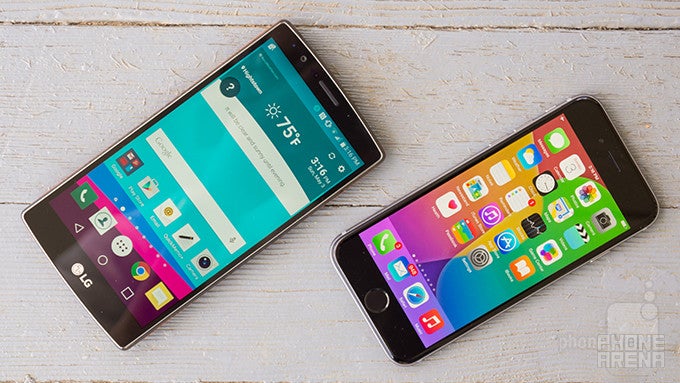
Introduction
A 5.5-inch phone that retains the design language of the LG G3 with LG's signature rear-positioned buttons, the LG G4 focuses on two key areas for improvement: first, it’s style, with a new leather back cover option and second - an improved, 16-megapixel camera that aims to rival the best. One of these best devices that will be natural competition to the LG G4 is the Apple iPhone 6. A kind of a gold standard for design with its sleek metallic body, and reliable, consistently great 8-megapixel camera, the iPhone 6 might be smaller in size, but packs an equally sizable punch.
Apart from the size, the two differ mostly in that they run on two fairly different operating systems: the G4 runs on Android that is skinned to LG’s liking, while the iPhone runs on iOS 8 that takes pride in its user-friendly face.
In this full comparison between the LG G4 and Apple iPhone 6, we compare the two in all the important aspects, from the aforementioned design and camera, to their performance, call quality, and battery life. Let’s get right to it.
Design
The LG G4 is a rather large phone, especially when compared with the sleek iPhone 6, but both have their distinct appeal. The leather back of the G4 feels soft and warm, while the iPhone 6 has a cold, but sturdy metal body...
The LG G4 comes in two versions differing only in their back cover: there is one with a diamond-shaped, 3D-like plastic finish that sells for the price of a regular flagship, and another model with a premium genuine leather back cover that is offered for $50 more. The first one is nice plastic, but still plastic. It is the leather one that is definitely the fancier one: it has got that signature stitch that goes right along the center, and different colors of it come with a different kind of leather. The black one, for instance, has a large porous structure, while the brown one has a finer grain to it, so we would recommend getting a hold of various color versions to pick your favorite not just by its color, but also by feel. The Apple iPhone 6, on the other hand, comes in a sturdy metal body that lacks the warmth and soft touch of leather. The aluminum is a cold material that just subconsciously says you’re holding a solid device that will last for a long time. It’s hard to pick a favorite between two vastly different materials - it will depend on your own preference.
In terms of size, the 5.5-inch LG G4 dwarfs the iPhone 6, which is also noticeably thinner and lighter: thickness is 0.27” (6.9mm) with the iPhone, and 0.25” to the whopping 0.39” (9.8mm) on the G4. In fact, the G4 is the thickest, chubbiest flagship of the year so far.
The interesting thing about the LG G4 is its Slim Arc curve up front: the screen is just slightly curved, but that slight curve reduces the chance of having your phone drop flat on its screen, and hence, the chances of breaking the display are probably smaller.
The color options on the LG G4 include: ceramic white, metallic gray and gold for the plastic model, and red, brown, blue, yellow, and black genuine leather. The iPhone 6, on the other hand, has a silver, gold, and dark grey color finishes.
It’s also worth pointing out that the iPhone 6 has a fingerprint scanner built right in the home key. Its primary purpose is to make your device more secure by locking it with your fingerprint, and you can use Apple Pay for cashless payments in the US. The LG G4, on its part, lacks a fingerprint scanner. The LG G4, on its part, has an IR blaster and an app that goes with it allowing you to control your TV or other electronics. This time, it’s the iPhone that lacks such a feature.
Display
The LG G4 sports a super sharp 5.5-inch display with a Quad HD resolution, while the iPhone 6 sports a 4.7” screen with a resolution of 750 x 1334 pixels. Color accuracy is not perfect on both, but the iPhone 6 is much closer to the ideal.
The LG G4 features a 5.5-inch display with a resolution of 1440 x 2560 pixels, and it’s using an IPS LCD panel that LG claims has improved qualities over the G3 predecessor. The Apple iPhone 6, on its own, features a much smaller, 4.7-inch screen with a resolution of 750 × 1334 pixels and also uses IPS LCD technology. Both appear very sharp, but when you look up close you notice that the much larger pixel density of the LG G4 (538ppi) translates in sharper looking detail, much sharper than the iPhone 6 with its 326ppi. That’s something you notice mostly when looking at the phone from very up close, but not so much in daily use.
Since both phones would appear sharp enough for most people, it is arguably the color accuracy that makes the bigger difference for the end user. The LG G4 features a so-called 'Quantum Display', but how does this marketing term translate into real-life? First, we look at gamma, a value indicating whether the luminance of the screen is appropriate at various nuance levels. Ideally, it should ideally be around 2.2, and good news is that the G4 is just about at that sweet spot with a gamma measuring 2.24. The iPhone 6 also excels in this regard with a gamma of 2.23, so we can conclude that on both phones, darker areas will appear as dark as they should be, while brighter areas of images will be as bright as they should be.
Next, we look at color balance, and unfortunately that’s where we can see that the LG G4 has a preference for colder tonalities. The white point reference value we are looking for here is 6500K, and the G4 is notably above it, in the territories where whites appear bluish at 8000K. The iPhone 6, on the other hand, is also a bit on the cold side, but just slightly with a white point of about 7150K.
Finally, we test the actual color accuracy. We look for compliance with the sRGB color gamut, the color space that pretty much all content on the web is optimized for. The LG G4 has colors that are wider than sRGB, meaning they appear unrealistically overblown. Some people might like it, but the screen is not color accurate by a long shot. The iPhone 6, on the other hand, is not perfectly calibrated either, but is much closer to that sought after perfection as its colors nearly match the reference values.
All tech explanations aside, we can sum it all up by saying that the LG G4 has overblown, eye-popping colors that might please some people, but are not color accurate. The iPhone 6 is closer to that ideal, but also not there.
Interface
The new LG UX 4.0 is based on Android 5.0 Lollipop, but it's the little LG touches that add it extra flare: the Quick Shot option and Split Screen multitasking. Apple’s iOS 8, on the other hand, has the app ecosystem on its side.
LG has officially unveiled the new UX 4.0 before the announcement of the LG G4 and it retains the flat style of the G3 interface remains, but it has added a splash of color and a few other neat tweaks. The Apple iPhone 6, on the other hand, runs on the familiar iOS 8 platform with its colorful style, rich App Store ecosystem, and user-friendliness and smooth performance.
We won’t go into excruciating detail over the native apps like dialer and messenger since - while they do differ in looks on LG’s G4 and the iPhone - in functionality, they are polished to a satisfactory level on both.
The single new feature we like best on the LG G4 is something called Quick Shot. Basically, it allows you to double-press the volume-down key to start the camera swiftly from any app and even when your display is off. It also takes a picture of whatever is in front of the camera right away. Neat! This is a nice way to capture impromptu moments that would have otherwise been missed on most smartphones while you wait for the camera to start up… toddlers, cats, and other funny creatures don’t wait and pose for the camera (well, not always!).
LG’s additions to the stock Android app experience consist of practically all the native apps like dialer and messenger being restyled to fit the visual style of the rest of the skin, but also two other features. QSlide is here, coming from earlier LG phones. With QSlide, you can put mini apps floating on top of your screen. Such mini apps are the phone dialer, contacts, messaging, calendar, email, file manager, calculator, and video player. Also, you have Dual Window which adds split-screen multitasking, a feature that is neat for power users and that stock Android lacks. Naturally, the iPhone 6 also lacks both these features - there’s no way to put apps on top of apps, nor you can split your screen on iOS 8.
As a whole, LG’s UX 4.0 is also notable for learning from your routines. Things like Smart Notice get smarter, so if you are a runner, the notification will offer the weather forecast as well as additional tid bits like “Perfect time to go for a run.” The iPhone lacks such functionality natively, which, of course, isn't necessarily a bad thing.
Processor and Memory
The LG G4 ships with Snapdragon 808 (not the 810) and there’s an improvement in terms of smoothness and performance. The Apple A8 in the iPhone 6 still has the faster CPU, while the low screen resolution helps for better performance.
There is no official explanation as to why the LG G4 comes with the Quaclomm Snapdragon 808 rather than the top-tier Snapdragon 810 chip (given that it is a top-tier device), but we suspect this decision has something to do with the continuous reports about the Snapdragon 810 overheating. With two rather than four high-performance Cortex A57 cores (bot the 808 and 810 use a big.LITTLE setup with big A57 cores and four LITTLE A53 cores), the Snapdragon 808 is less prone to that problem.
The Apple iPhone 6, on the other hand, uses a rather different approach with silicon: rather than betting on tons of cores, it uses just two of them in its Apple A8 chip, but those are two larger cores that perform much better in single-core tests.
Speaking of performance, let’s first say that the LG G4 feels like it’s running smoother than its predecessor. Look in retrospection, and the LG G3 seems like one of the more sluggish high-end phones of the past year, so an improvement in this regard was crucial. It’s here, but the situation is still not ideal. The iPhone 6, on the other hand, is a phone that could stutter ever so slightly every once in a while, but in comparison to most everything else, is actually a very slick, smoothly running monster.
Turning over to the benchmarks, we start by looking at CPU performance. This story is best told by Geekbench and Sunspider. In the crucial single-core test, the iPhone 6 is still the best performer among all smartphones, more than 30% faster than the LG G4. In multi-core tests, on the other hand, the hexa-core chip on the G4 is nearly 15% faster than the iPhone. Why is single-core performance so crucial compared to multi-core performance, though? Put simply, very few apps can make full use of multiple cores, and while multi-core scores give a good indication for the performance of complicated apps like Photoshop, the common truism is that single-core performance tends to reflect everyday performance a lot more.
Next, we look at graphics, a set of benchmarks that speaks most to gamers. The LG G4 sports the new Adreno 418 GPU, while the Apple iPhone 6 has the ImgTec PowerVR GX6450 graphics chip.
The GFXBench Manhattan test is the most up-to-date, stressful graphics test and looking at on-screen result, you see the more processor-demanding Quad HD resolution take its toll: the iPhone 6, with its more modest resolution, has a score near triple that of the G4 with 25.8 fps vs an average score of 9.4fps for the G4. You also see that the G4 falls short when compared with most flagships in terms of on-screen GPU performance. Looking at off-screen performance, we see much less of a difference when all is scaled to 1080 x 1920 pixels: 15 fps for the G4 versus 17.8 for the iPhone 6 on the GFXBench Manhattan off-screen test.
The base LG G4 version comes with 32GB of internal storage AND the option to expand it via microSD cards of up to 128 gigs. The iPhone 6, on the other hand, features just half the built-in storage: 16GB with no option to expand on that (there’s no microSD card slot).
Internet and Connectivity
We’re happy to see that LG puts an end to the somewhat confusing presence of two built-in browsers, and opts for the excellent Google Chrome mobile on the LG G4 as the default and only browser. The iPhone 6, on the other hand, features mobile Safari, which also works remarkably well. There is very little stutter on both and both load up pages quickly.
In terms of connectivity, you have 4G LTE connectivity on both phones. With availability on all major US carriers, you should not worry about band support - it’s there.
Other connectivity options on both include dual-channel Wi-Fi, Bluetooth (4.1 on the G4, and 4.0 on the iPhone 6), as well as NFC.
Camera
The LG G4 surprises with an incredible 16MP camera with OIS: rich in detail and with impressive colors full of life. Plus, it’s got the Quick Shot feature, great for impromptu images. The iPhone 6, on the other hand, also captures great images, but struggles a bit more in low light.
The LG G4 features a brand new 16-megapixel 1/2.6” sensor with a fast, f/1.8 six-element aperture lens, laser auto-focus assist, optical image stabilization, and a dual-LED flash. The f/1.8 lens in particular is very exciting. Such a wide-aperture lens comes with advantages for low-light shooting, as the wider aperture allows for more light to hit the sensor, and in theory, this results in better noise management. The Apple iPhone 6, on the other hand, features an 8-megapixel main camera that comes with larger, 1.5-micron pixels, and the lens used on the iPhone 6 has f/2.2 aperture and a six-element design. Also, the G4 sports optical image stabilization (second generation for LG), while the iPhone 6 lacks OIS.
The G4 is also the first phone to come with a ‘color spectrum sensor’, a tiny meter located right below the LED flash on the back of the phone. This new sensor is there to measure the ambient light and its purpose is to determine the source of light - whether its artificial or natural, and just what kind of lighting situation you have. Quite importantly, LG claims this sensor can smartly make the difference between light and objects for more accurate readings. Knowing the exact lighting conditions with such a precision allows the phone to select the optimal white point.
After going full-auto with the camera app on the G3, the camera interface on the LG G4 opens up to offer much more variety with different modes, including a rich, full-manual mode. The Apple iPhone 6, on the other hand, has a simplistic camera app that offers a toggle for HDR, as well as manual exposure control. Manual controls are only available via third-party apps on the iPhone.
What about the actual image quality with the two, though? We come away impressed with the quality of images on the LG G4: they are sharp, extremely detailed, have true colors full of life in various lighting conditions, and most importantly - pictures look very good in low light. First, in daylight, the LG G4 is capable of retaining more sharp detail than the iPhone 6 with one disclaimer: look at the very edges of an image and you’ll notice a lot of smudging, but on the overwhelming majority of the image, detail is crisp. The iPhone 6 is also rich in detail, it’s just a step below the impressive G4, but it does not have that issue with smudging along the edges of an image. Colors are captured true to life on the LG G4, there is no artificial oversaturation, while on the iPhone 6 you can definitely notice quite a bit of oversaturation: look at our sample images below and notice how the concrete road looks a realistic grey on the G4 and yellow-ish on the iPhone 6.
In low light, you instantly notice the effect of the wide, f/1.8 lens on the G4 as in identical conditions it is capable of capturing brighter images without introducing ridiculous amounts of noise. In fact, when you look at the same shot of the tall building at dusk on the G4 and iPhone 6, you notice that both shoot at around 1/15 shutter speed and ISO of 500 on the iPhone and 550 on the G4. In these practically identical conditions, noise is very visible on the iPhone 6, while the G4 has much less of it.
The single LED flash on the LG G4 is not all that great of a performer as images with flash on turn out with a noticeable green tint, as if you were looking through an old fish tank. Everything is very sharp in the image, which is great, but this color tint is a letdown. The dual LED flash on the iPhone 6, on the other hand, handles color in a much more flattering way, and images with flash on look true to life. Detail is lackluster in comparison with the G4, but the good colors make the images with flash on appear overall better on the iPhone 6.
Turning over to the front-facing camera, we have an 8-megapixel selfie cam on the LG G4, which is crazy given that the iPhone 6 features an 8-megapixel main camera. Up front, the iPhone 6 sports a humble, 1.2-megapixel shooter.
In terms of video recording, the LG G4 supports 4K video capture at 30 frames per second, as well as 1080p, and there’s also a slow motion mode. The iPhone 6, on its part, does not support 4K video - it records at up to 1080p (in either 30fps or 60fps). Video recording turns out good-looking on both, with ample detail, but it is the optical stabilization on the G4 that makes a big difference in how smooth the footage looks. The iPhone 6, on the other hand, is a bit faster when it comes to auto-focusing.
In terms of sound recording, you have dual-channel audio on the LG G4 but it sounds a bit on the thin side. The iPhone 6, on the other hand, features only mono audio recording, but it sounds a bit fuller.
Multimedia
The little LG touches make a difference for media: it’s nice being able to pop out the video player, while you surf the web. For all else, both devices do a great job playing back media.
We look at three main types of media and how the two phones handle them: pictures, videos, and music. It’s worth saying that the much larger 5.5-inch display of the G4 is a big asset for media consumption - the bigger screen provides just a more enjoyable experience.
For all else, the two phones, naturally, do fine with all of these tasks. You can zoom in and out of images, and when you zoom out, you can quickly scroll between huge albums, which is convenient.
For videos, you get basic video playback with support for most common encodings and formats on both devices. It’s quite neat that you can pop out the video player on the G4 in a separate window and keep on watching a video while, say, surfing the web. The iPhone 6 lacks this option, but does just fine for video playback.
Finally, the music player on the G4 is now completely re-done in the Material Design style and it looks very good in its simplistic style. There is an equalizer, and the usual categorization of music by songs, albums, artists, and genres. On the iPhone 6, the music app requires good old syncing with iTunes, and you have the advantage of iTunes Radio built right in.
Call Quality
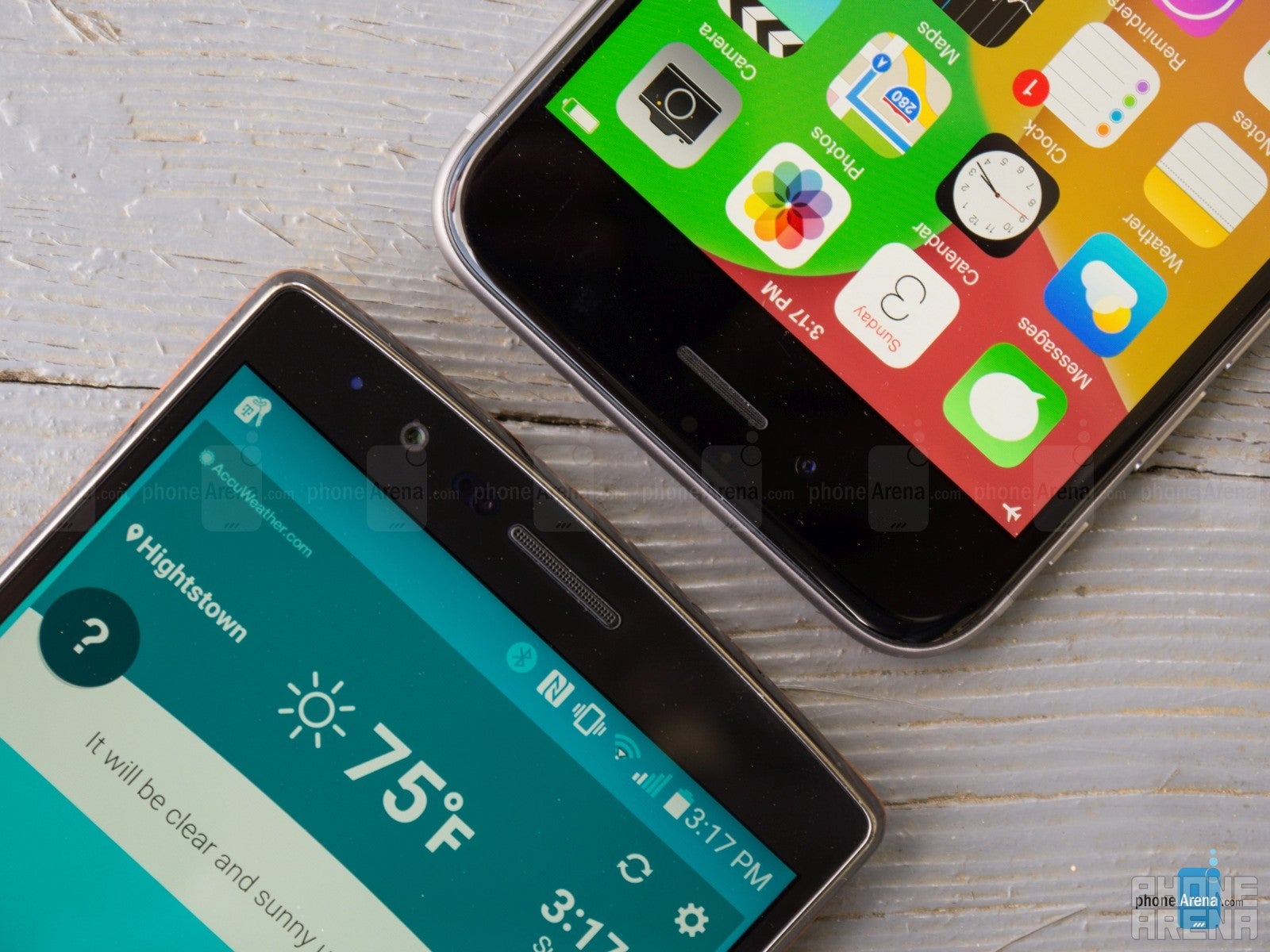
The Apple iPhone 6 is another great device when it comes to its call quality: with crisp audio output on both ends, but there are also some slight issues. Callers on the other end of the line mention slight distortion of the voice, and over the speakerphone, there’s just a subtle amount of distortion.
Battery life
Not stellar performers, but still enough to last a full workday. Also, the LG G4 has a removable battery, one of the last such phones in the flagship category.
The LG G4 boasts a 3000mAh battery, which is the same size as its predecessor, the LG G3 had. The Apple iPhone 6, in comparison, features a much more modest 1810mAh battery cell.
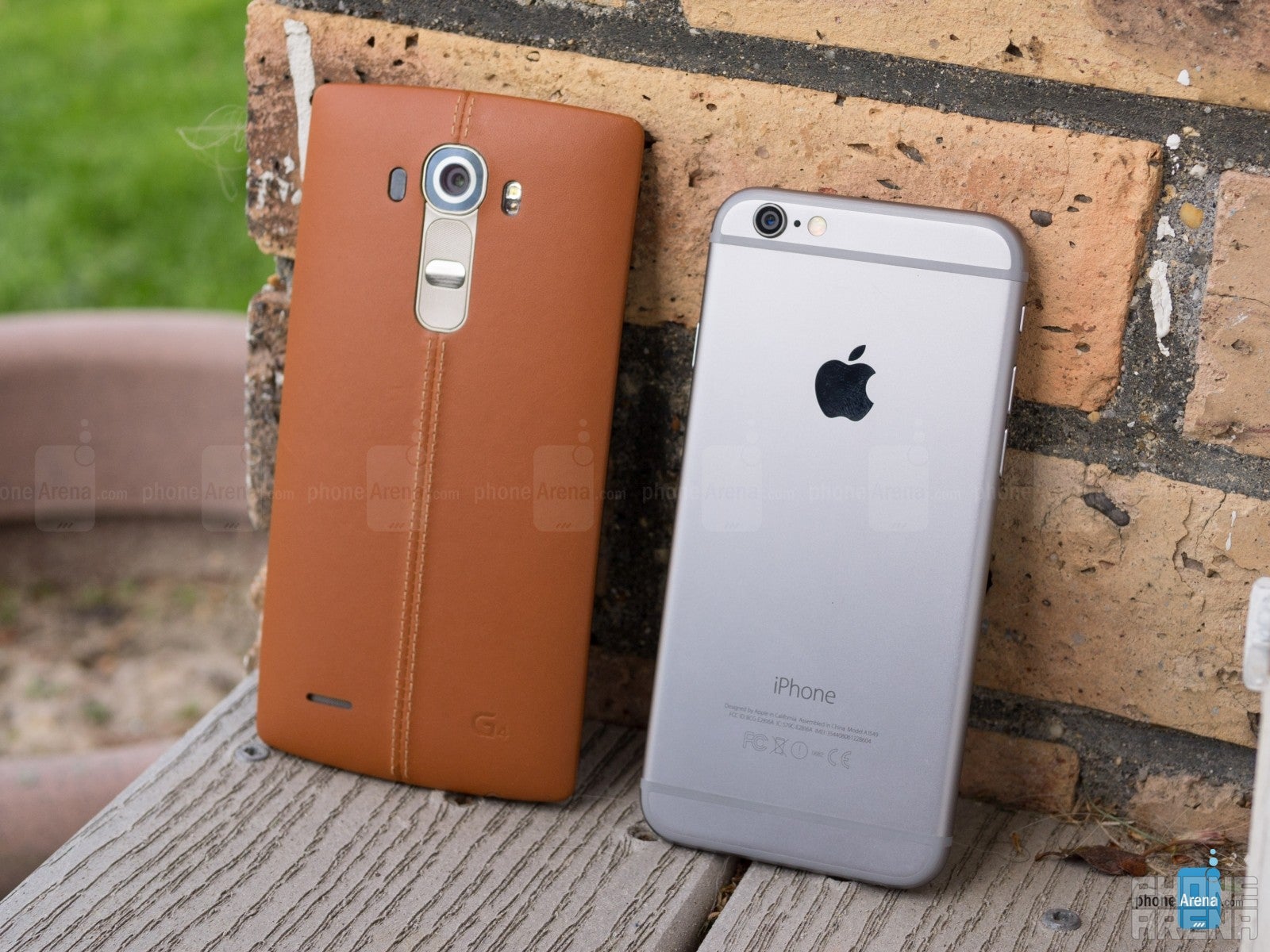
The result places the LG G4 in the lower middle section of the rankings with battery life of 6 hours and 6 minutes, but the iPhone 6 is even further down the list with mediocre battery life of 5 hours and 22 minutes.
Keep in mind, though, that stand-by time on some phones (the iPhone, for instance) makes a big difference in real-life battery life, something that is not fully accounted for in our intense test. Fact is, though, that neither of these two phones can brag about having ground-breaking battery life, but they will both get the job done.
The one key advantage the LG G4 has, though, is that its battery is user-removable, meaning that you just have to peel off the back cover to gain access to the juicer. In contrast, the iPhone 6 has its battery sealed.
Conclusion
We started by saying that the LG G4 focuses on two key areas, and good news is that it brings noticeable improvements to both: having the leather option is nice, and the camera captures excellent shots consistently.
While specs alone don’t tell the whole story, it’s worth pointing out some technical advantages of the G4 here: the base model of the LG phone features double the internal storage and the option to expand it, optical image stabilization in the camera, a removable battery, split-screen multitasking, etc. - stuff that might appear to hardcore users.
The iPhone 6, on the other hand, has the sleek and super thin design, plus, it has that smooth performance with no complications and the rich App Store behind its back, but - after many years of holding the lead - its camera is no longer unmatched.
Which one should you choose? It’s a lot about your preference when it comes to software platform, but the LG G4 is one of the best Android phones you can get at the moment, and probably the best phablet, while the iPhone 6 will still carry more appeal for gamers with its stellar catalog, as well as causal users who count on its “just works” approach. If those nuances are not all that important, though, you can stay assured that both phones are great in most other aspects.
LG G4
Pros
- Outstanding camera with sharp detail and pleasing colors
- Unique leather option
- Removable battery
- Base model with 32GB of internal memory and expandable storage
Apple iPhone 6
Pros
- Sturdy metallic design
- More accurate and brighter display
- Buttery-smooth performance
- Rich app ecosystem


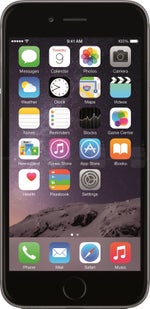












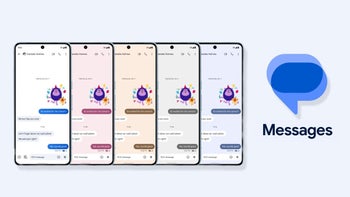
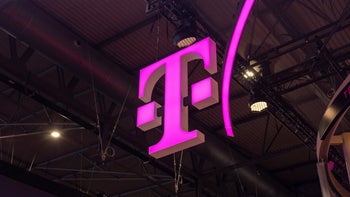
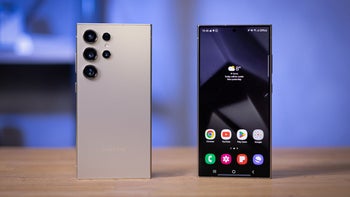
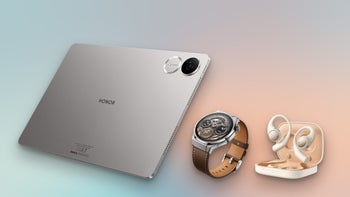
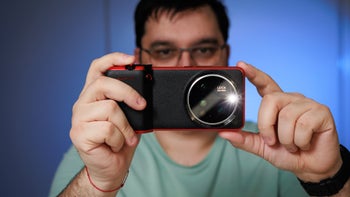
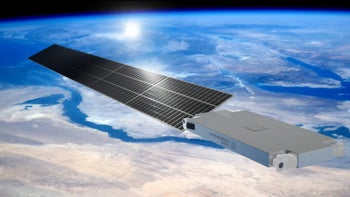
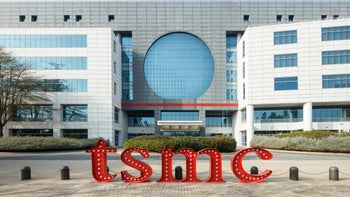
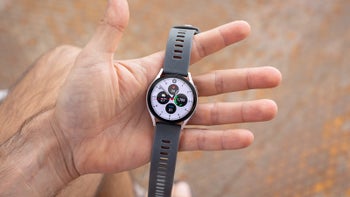
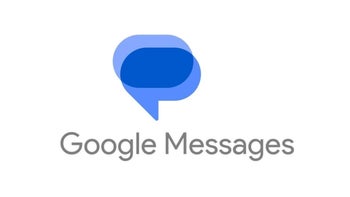






Things that are NOT allowed: